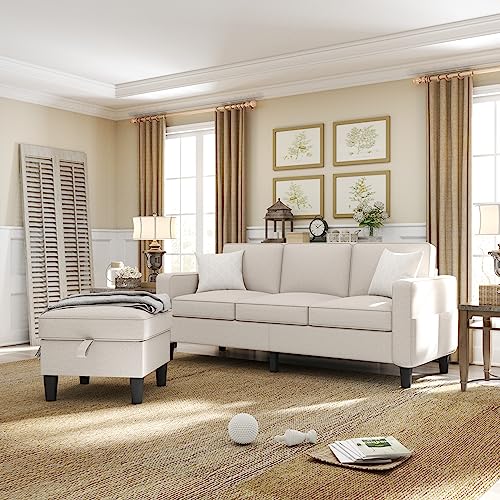Couches Sale - How to Find the Best Deals on Couches and Sofas
Couches and sofas are long, upholstered pieces of furniture that allow you to sit or relax. Both terms are interchangeable in colloquial usage. Designers prefer to differentiate between the two.
A sale is the transfer of ownership of a property to another party in exchange for money or something other thing of value. Millions of sales transactions take place each day and support the financial health of consumers and businesses.
1. Affordability

The purchase of a couch can be expensive, but furniture stores frequently offer discounts and deals. NerdWallet recommends buying a couch during these times to discover the best prices and avoid spending too much.
A used sofa is a great way to save. The type of sofa you choose is less expensive than buying an entirely new one although you won't be able to customize it. Check the online marketplaces of the top furniture retailers as well as at local flea markets and yard sales to see what's available.
When choosing a couch, take into account the frame quality. Webbing or mesh are less expensive options, while the better couches have a frame made of hardwood that has been kiln dried, like beech, oak or beech. There are also different quality springs for a sofa. The cheaper ones have no springs, whereas the ones that are more expensive have serpentine springs or eight-way hand-tied coils.
For the ultimate in comfort and function, a sofa can include extra features like LED lights as well as power reclining mechanisms, and built-in beds. Include a low-rise table or a coffeetable to your living space to provide additional storage and to add some style. Explore all the options available and visit showrooms in order to test the furniture.
4. Sustainability for the environment
Fast fashion is something sustainability experts have long warned against. However, it's important to think about the impact on the environment of large pieces such as couches which are thrown away. couches sale made of sustainable materials produced by a local manufacturer will likely leave a less carbon footprint than a couch imported from overseas.
Apart from the kind of materials used in a sofa, the manufacturing process is an important factor to consider when determining the environmental sustainability of a couch. Does the company make use of renewable energy sources in its production? Does it recycle materials to reduce waste? How are manufacturing facilities run in terms protecting natural resources and minimizing pollution?
To cut down on the amount of new furniture that ends up in landfills look for a green couch that is available from an antique or secondhand seller. Many of these sellers provide professional cleaning and repairs to prolong the lifespan of furniture and prevent it from ending up in the garbage. Take a look at the options on Kaiyo which is a marketplace that buys and sells pre-loved furnishings to prevent them from being discarded.
To choose a greener alternative, consider a couch made from organic fabrics or sustainably sourced woods. For instance, VivaTerra's sofas are made in the USA with wood that is sourced ethically and hemp or organic cotton that has been certified by GOTS. Their foam is Cradle To Cradle certified and they do not use formaldehyde or flame retardants in their cushions. They also ship their sofas in 100% recycled corrugate boxes and offset all their carbon emissions.
There are companies such as Maiden Home that make their couches to order in North Carolina, reducing waste. They make use of repurposed and recycled materials such as velvet or upcycled polyester that has OEKOTEX and GRS certifications.
